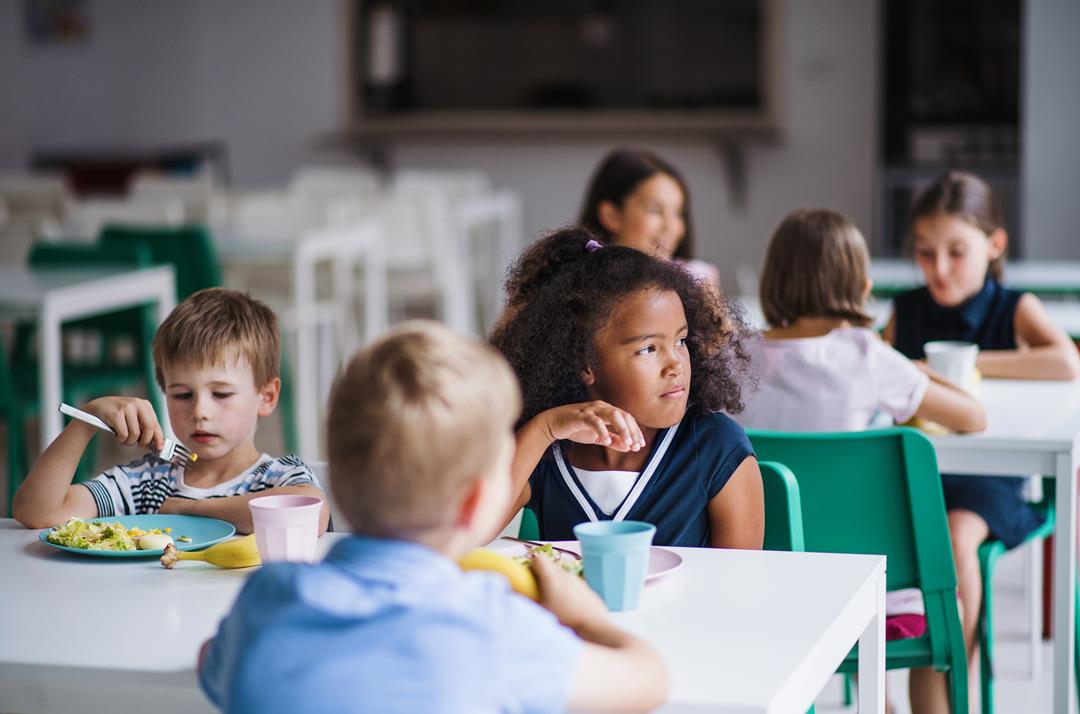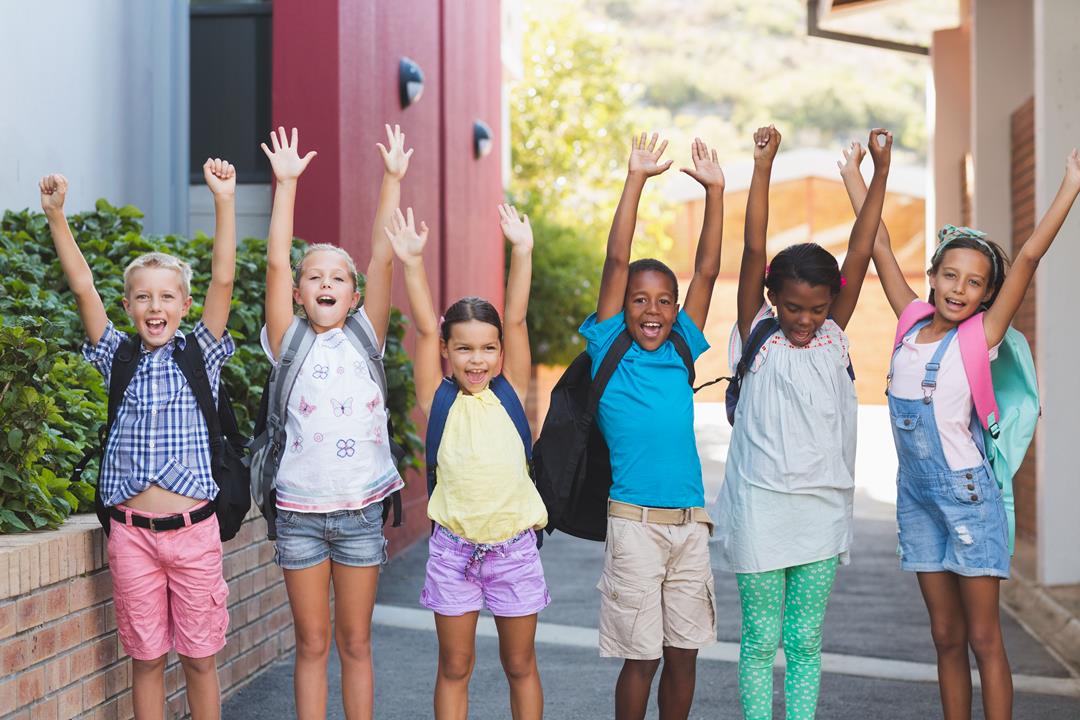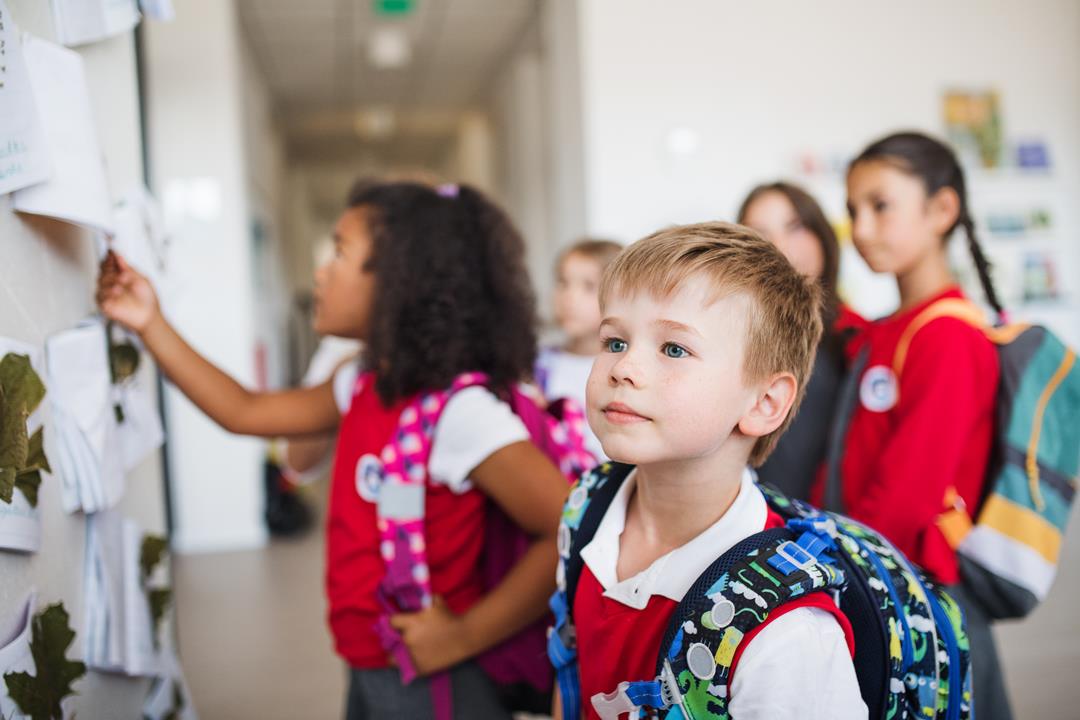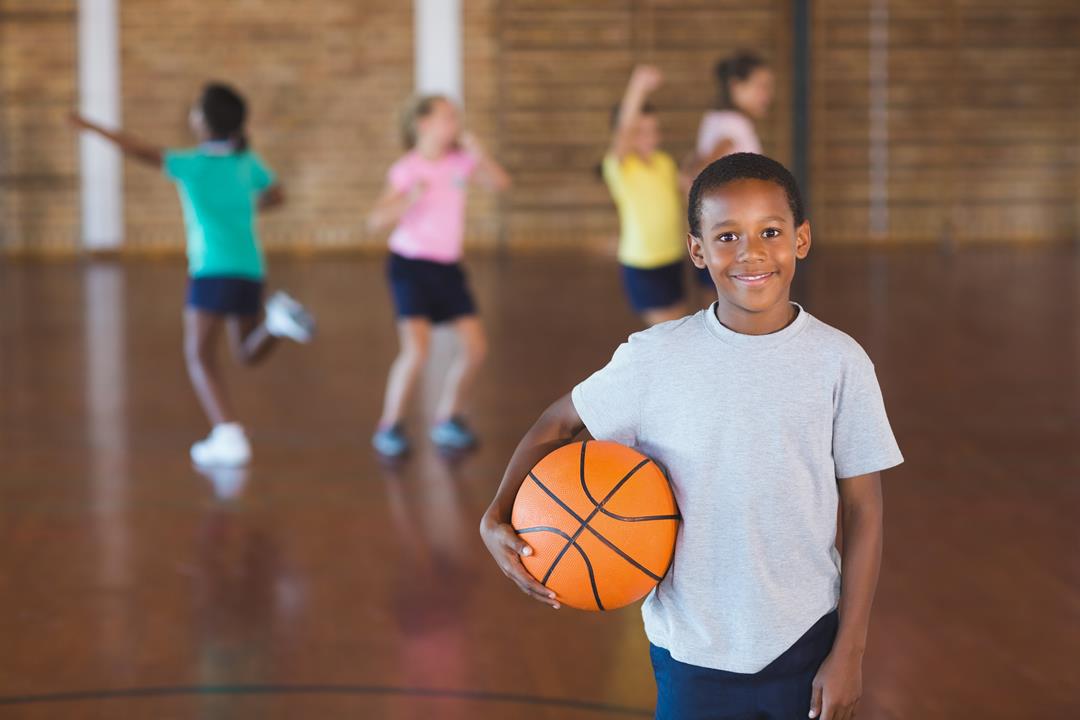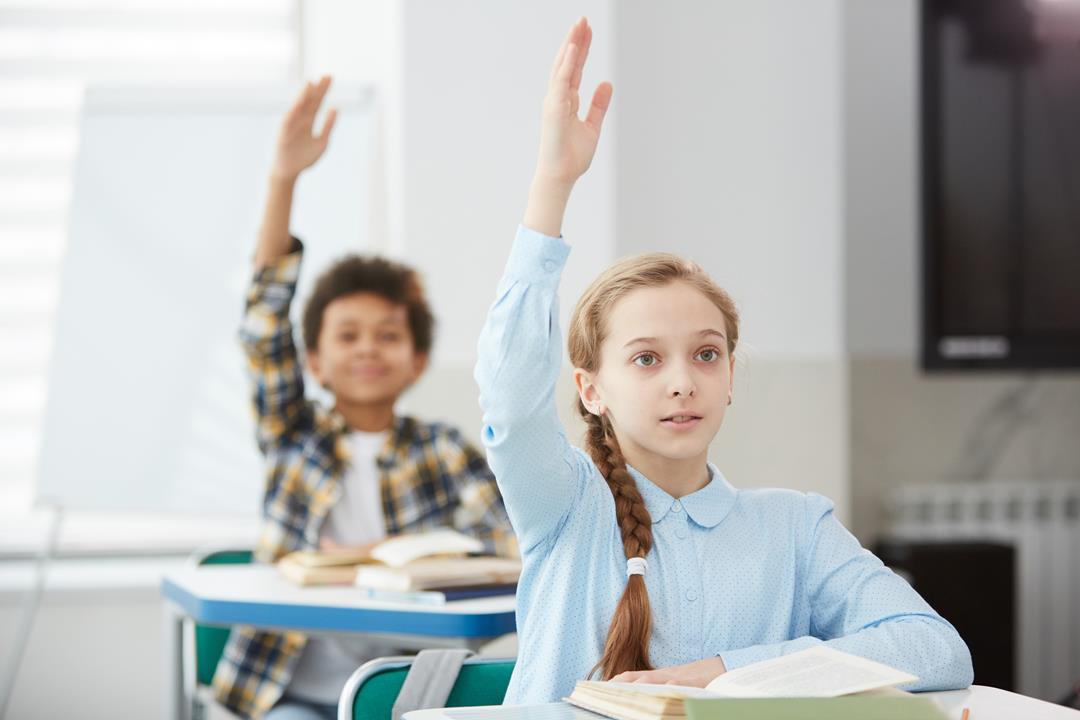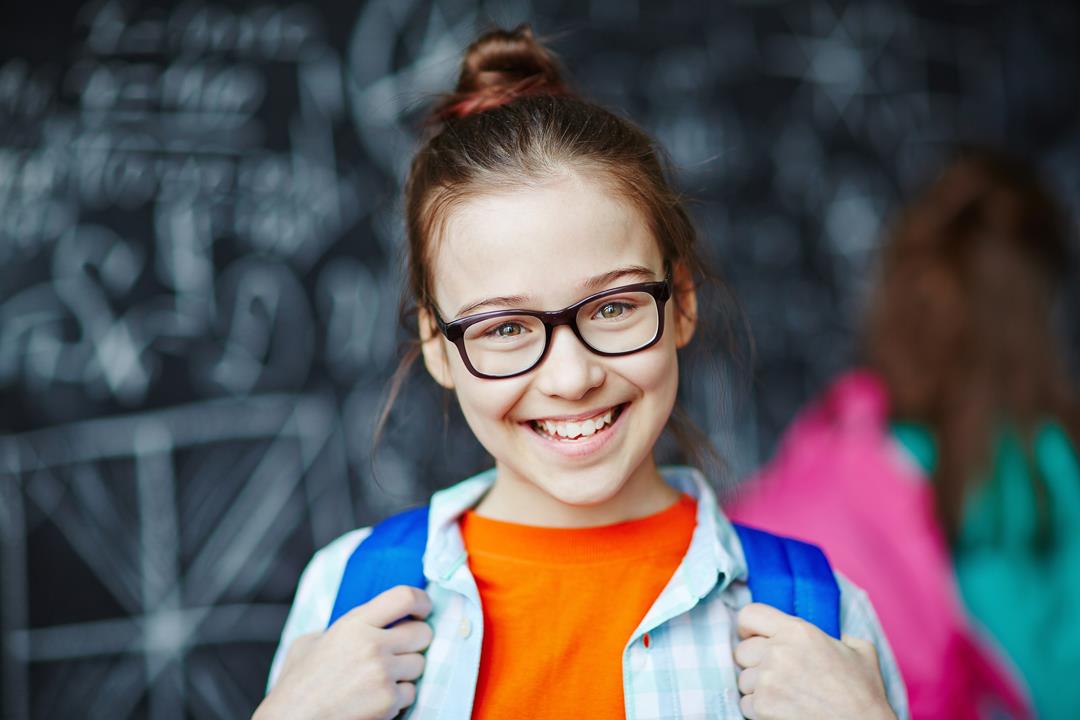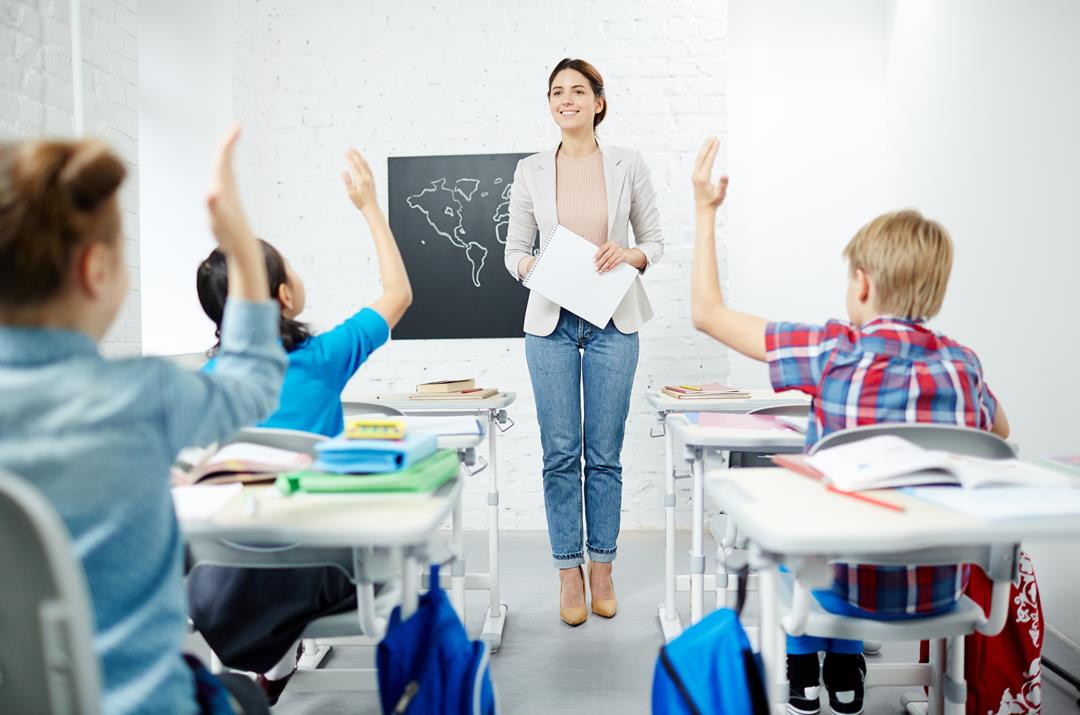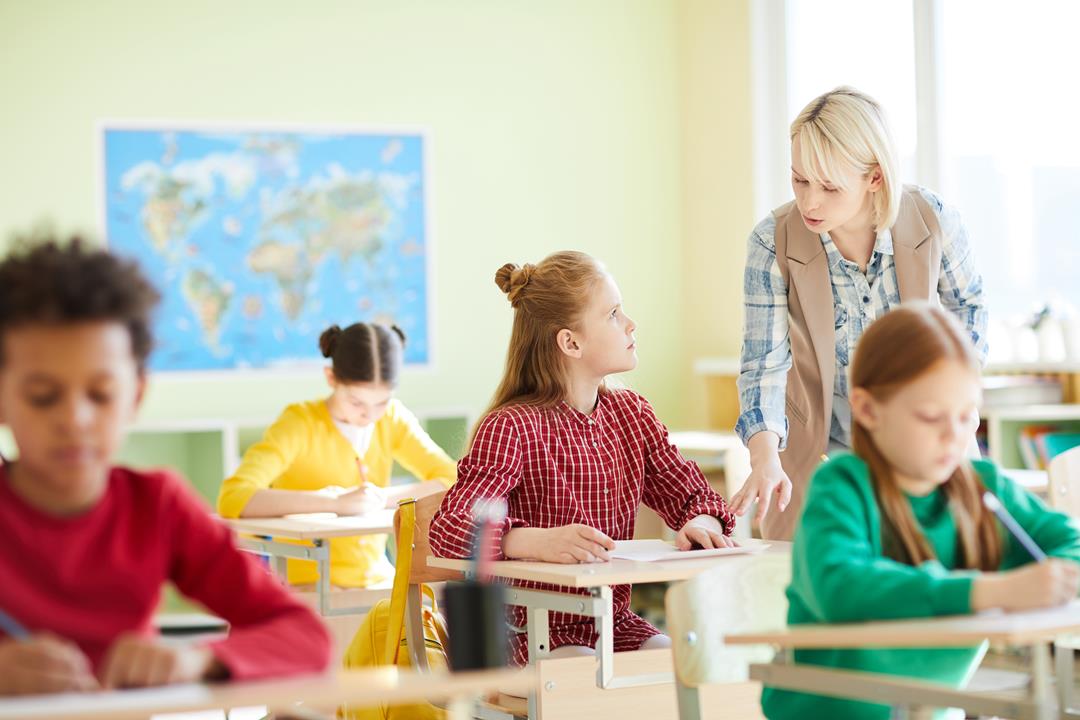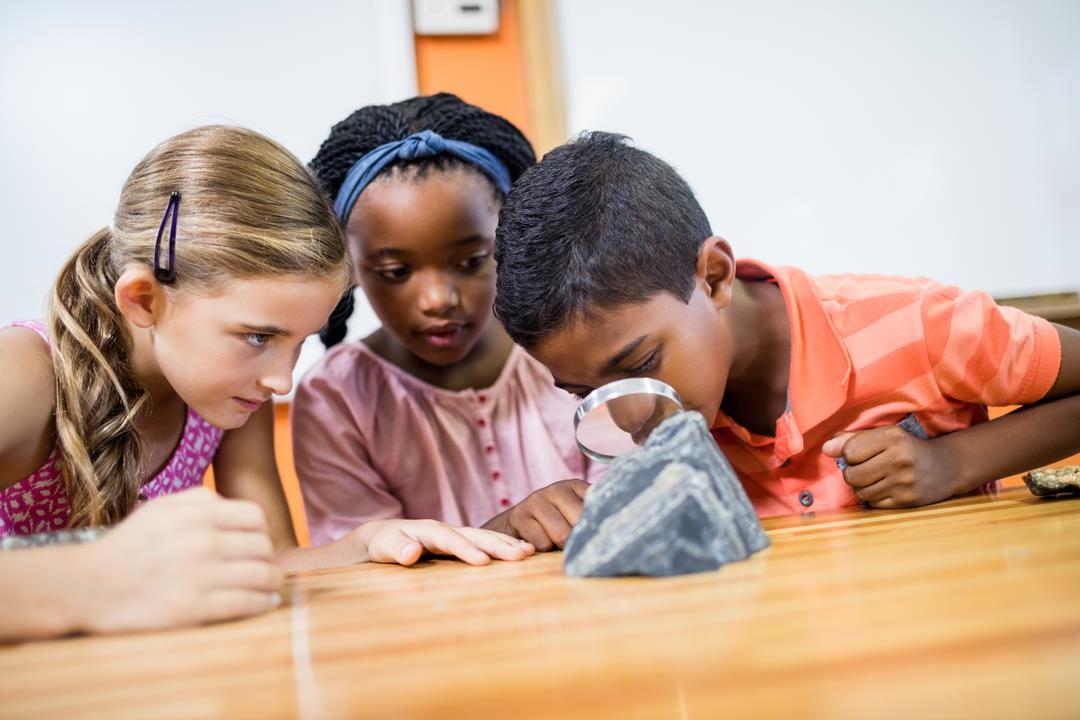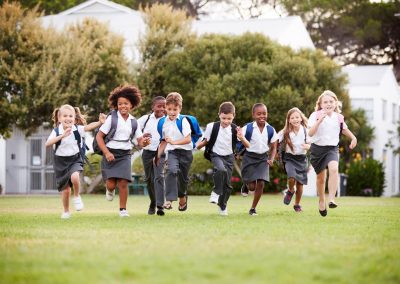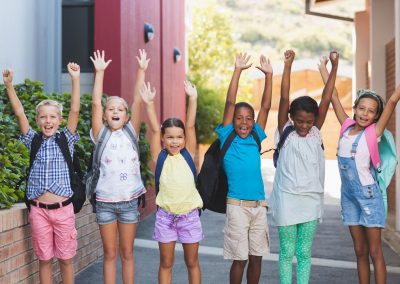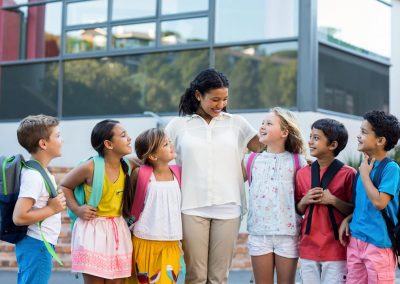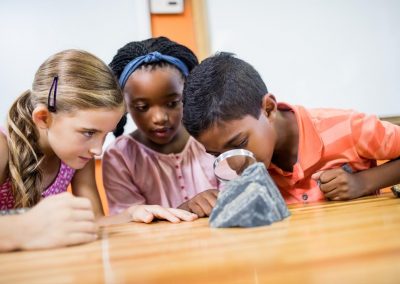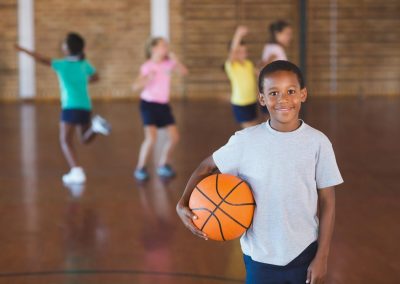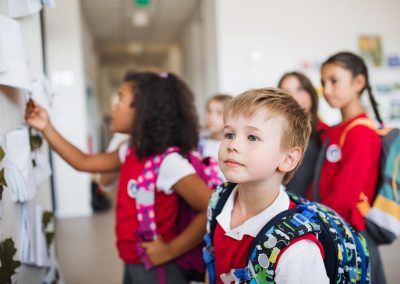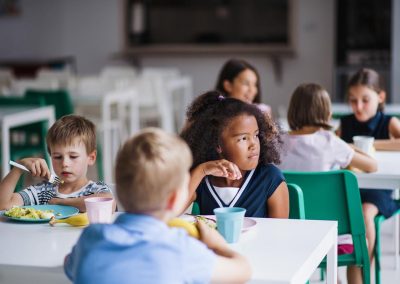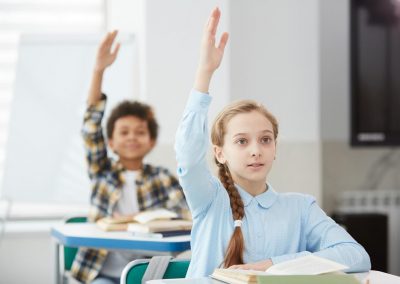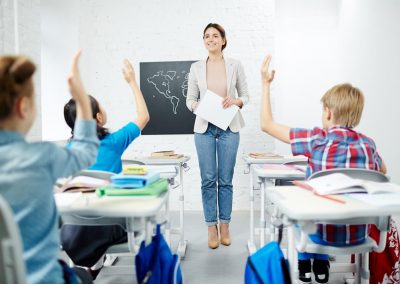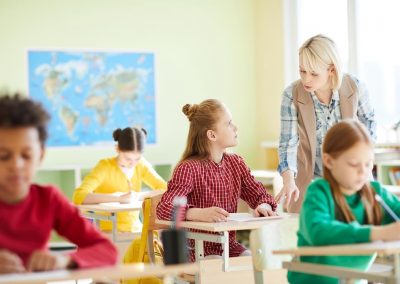Expressive Arts
Expressive Arts include the following subjects:
Art and Design
Art, Craft and Design embody some of the highest forms of human creativity. Our Programme is intended to inspire and challenge young children, equipping them with the knowledge and skills to experiment, invent and create their own works of art, craft and design. As students progress, they should be able to think critically and develop a more rigorous understanding of art and design. They should also know how to both reflect and shape our history, and contribute to the culture, creativity and wealth of our nation.
Subject content taught age appropriately:
- use of range of materials to design and make products
- use drawing, painting and sculpture to develop and share their ideas, experiences and imagination
- develop a wide range of art and design techniques in using colour, pattern, texture, line, shape, form and space
- understand and appreciate the work of a range of artists, craft makers and designers, describing the differences and similarities between different practices and disciplines and making links to their own work
- create sketch books to record work, observations for reviewing and revisiting ideas
- improve the mastery of art in art and design techniques, including drawing, painting and sculpture with a range of materials
- learn about great artists, architects and designers in history
Music and Movement
Music is a universal language that embodies one of the highest forms of creativity. Our Music and Movement programme engages and inspires students to develop a love of Music. As students progress, they should develop a critical engagement with music, allowing them to compose, listen with discrimination.
Subject content taught age appropriately:
- use the voice expressively and creatively by singing songs, speaking chants and rhymes
- play tuned and untuned instruments musically
- listen with concentration and understanding to a range of high quality live and recorded music
- experiment with and create select and combine sounds
- understand different patterns of music and different types of musical from classical to jazz and pop and rock as well as ethnic music and dance
- learn notation and pitch, duration, tempo, timbre, texture, structure
- express movement through music in different musical environments and methods
- learn basic steps in structured dance choreography from classical to modern and ethnic
- develop an understanding of the history of music
Physical Education
A Physical Education programme is intended to inspire all students to succeed and do well in competitive sport and other physically demanding activities. It is also intended to help students to become familiar with the physical needs of their bodies through exercise and good nutrition. Characteristics such as fairness and respect are also imbedded in this programme.
Subject content taught age appropriately:
Students should develop fundamental movement skills, become increasingly competent and confident and access a broad range of opportunities to extend their agility, balance and coordination, individually and with others.
Activities will includes:
- running, jumping, throwing, catching, as well as developing balance, agility and coordination
- participate in team games, developing simple tactics for attacking and defending
- play competitive games
- take part in outdoor and adventurous activity challenges both individually and within a team
- compare their performances with previous ones and demonstrate improvement to achieve their personal best
Swimming
In reference to swimming the school will offer the following for Early Years – Primary School:
- for non swimmers aim to teach to swim confidently over a distance of 25 meters
- for swimmers to teach a range of strokes effectively
- for swimmers perform safe self – rescue in different water- based situations
Art and Design
Art, Craft and Design embody some of the highest forms of human creativity. Our Programme is intended to inspire and challenge young children, equipping them with the knowledge and skills to experiment, invent and create their own works of art, craft and design. As students progress, they should be able to think critically and develop a more rigorous understanding of art and design. They should also know how to both reflect and shape our history, and contribute to the culture, creativity and wealth of our nation.
Subject content taught age appropriately:
- use of range of materials to design and make products
- use drawing, painting and sculpture to develop and share their ideas, experiences and imagination
- develop a wide range of art and design techniques in using colour, pattern, texture, line, shape, form and space
- understand and appreciate the work of a range of artists, craft makers and designers, describing the differences and similarities between different practices and disciplines and making links to their own work
- create sketch books to record work, observations for reviewing and revisiting ideas
- improve the mastery of art in art and design techniques, including drawing, painting and sculpture with a range of materials
- learn about great artists, architects and designers in history.
Music and Movement
Music is a universal language that embodies one of the highest forms of creativity. Our Music and Movement programme engages and inspires students to develop a love of Music. As students progress, they should develop a critical engagement with music, allowing them to compose, listen with discrimination .
Subject content taught age appropriately:
- use the voice expressively and creatively by singing songs, speaking chants and rhymes
- play tuned and untuned instruments musically
- listen with concentration and understanding to a range of high quality live and recorded music
- experiment with and create select and combine sounds
- understand different patterns of music and different types of musical from classical to jazz and pop and rock as well as ethnic music and dance
- learn notation and pitch, duration, tempo, timbre, texture, structure
- express movement through music in different musical environments and methods
- learn basic steps in structured dance choreography from classical to modern and ethnic
- develop an understanding of the history of music
Physical Education
A Physical Education programme is intended to inspire all students to succeed and do well in competitive sport and other physically demanding activities. It is also intended to help students to become familiar with the physical needs of their bodies through exercise and good nutrition. Characteristics such as fairness and respect are also imbedded in this programme.
Subject content taught age appropriately:
Students should develop fundamental movement skills, become increasingly competent and confident and access a broad range of opportunities to extend their agility, balance and coordination, individually and with others.
Activities will includes:
- running, jumping, throwing, catching, as well as developing balance, agility and coordination
- participate in team games, developing simple tactics for attacking and defending
- play competitive games
- take part in outdoor and adventurous activity challenges both individually and within a team
- compare their performances with previous ones and demonstrate improvement to achieve their personal best
Swimming
In reference to swimming the school will offer the following for Early Years – Primary School:
- for non swimmers aim to teach to swim confidently over a distance of 25 meters
- for swimmers to teach a range of strokes effectively
- for swimmers perform safe self – rescue in different water- based situations

